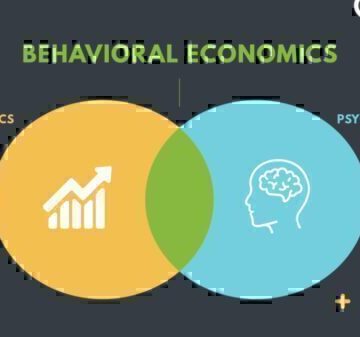Getting started can seem challenging, but creating a financial plan, putting aside some savings, and keeping an eye on your credit report is proven to jump start you on the road to financial success.
You may ask yourself, “How do I take control of my finances?” Well, you’re in the right place to start your learning.
The short video, excerpted from a recent GreenPath educational webinar, shares some pointers.
Setting Goals
Setting goals is a good way to start taking control of where you are heading financially. They give you something to work toward and keep you on track.
Financial targets can be things you hope to achieve over a certain period like creating a budget, saving, and investments. To start, focus on how you spend your money now and then you can better determine future plans.
Short-term objectives include getting your budget under control, adjusting your spending habits, avoiding credit card debt, saving a fixed percentage of your income (more on this below) and setting up an emergency fund.
Financial experts recommend setting goals to help you live within your means, reduce your money concerns, and save for retirement. It takes more than just creating a plan, you need to be intentional about reaching them as well. That’s where the work comes in.
Mid-term goals can include things like a new car, a vacation, or a down payment on a new home. This can also include college and wedding expenses, or anything you don’t have the money for today.
When you think about how to manage your money, make sure you look at the complete picture, from what it takes to manage your household today, all the way through your golden years.
Long-term financial goals can include retirement savings, investments and charitable giving. Depending on your age, retirement may not be on your mind today. But, it is important to also consider the future.
Once you have an idea of your relationship to money over time, set clear and realistic goals, and get started.
It’s always a great time to save
The first step to saving money is to figure out what you are saving for. What do you have in mind for the money? The clearer you are about the reason, the easier it will be to save.
How do you save money? The idea is to begin where you are and be realistic. Start, continue, and then grow from there.
Once you have set your goals and started moving toward them, a good next step is to look at saving. Some people think they need to have a ton of money to even think about saving-not true.
According to the Federal Reserve’s Report on the Economic Well-Being of U.S. Households, 40% of adults feel they don’t have enough savings to handle a $400 emergency. Here are tips that can help as you look at how to save money.
Set an achievable goal – say, $5 a week. Once you achieve that, set a higher goal and keep moving. Before you know it, saving will become a habit. You may find it helpful to open a separate bank account and fund it until you reach that goal. Experts say, saving at least 10-percent of your income is ideal.
GreenPath Financial Service
GreenPath, A Financial Resource
If you’re interested in building healthy financial habits, paying down debt, or saving for what matters most, take a look at these free financial tools.










